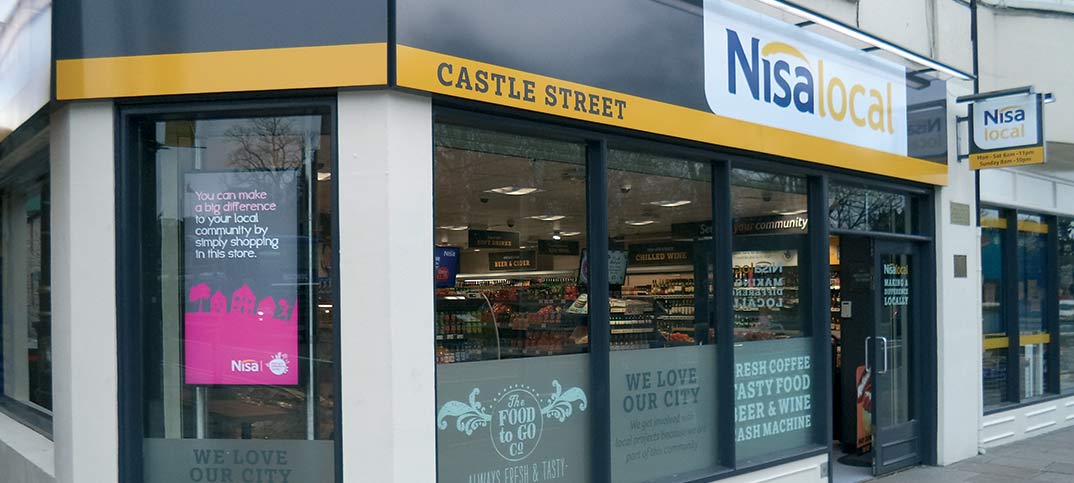This time last year, Nisa was a company with an uncertain future thanks to Costcutter’s distribution switch. Twelve months on, however, CEO Neil Turton is focusing on an increasingly bright future. Steven Lambert reports. Neil Turton, CEO, Nisa Speaking to Nisa CEO Neil Turton about the future of symbol retailing carries an extra sense of […]
Join the CLUB to continue reading this story
Club Members have unlimited access to all articles and a whole lot more to elevate your store.or
Register for free and receive the latest news and views to your inbox every week






Comments
This article doesn't have any comments yet, be the first!